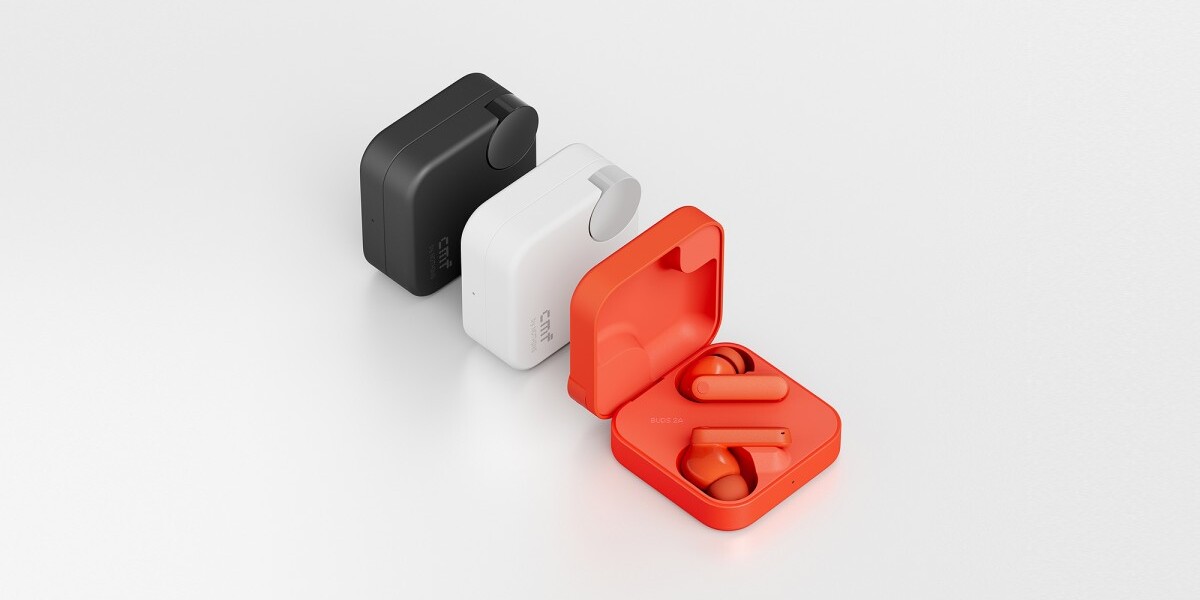For a long time, Chrome was the most memory-hungry browser, but Google has recently introduced memory saving mode and several other innovations that have freed up valuable memory on users’ devices.
There is another, slightly more complicated way to check. To achieve this, click on the Settings icon marked with three dots in the upper right corner of the browser, then select the “Task Management” menu item under “Additional Tools”. Here, a floating window will display the amount of memory for each tab. Oddly enough, there can often be a huge difference between the two data, writes A 9to5Google.
This feature relies on Chrome’s memory and power saving mode. Memory saving mode frees up memory used by inactive tabs, while the latter limits background activity, visual effects such as animation, scrolling, and video resolution.
Both options can be enabled or disabled in the Performance menu under Settings. It is also possible to keep certain pages always active.




















![Because of the relative Remaster, you get a lot of fun playing! [VIDEO] Because of the relative Remaster, you get a lot of fun playing! [VIDEO]](https://thegeek.hu/wp-content/uploads/sites/2/2023/11/thegeek-post-trauma-2023.jpg)






















